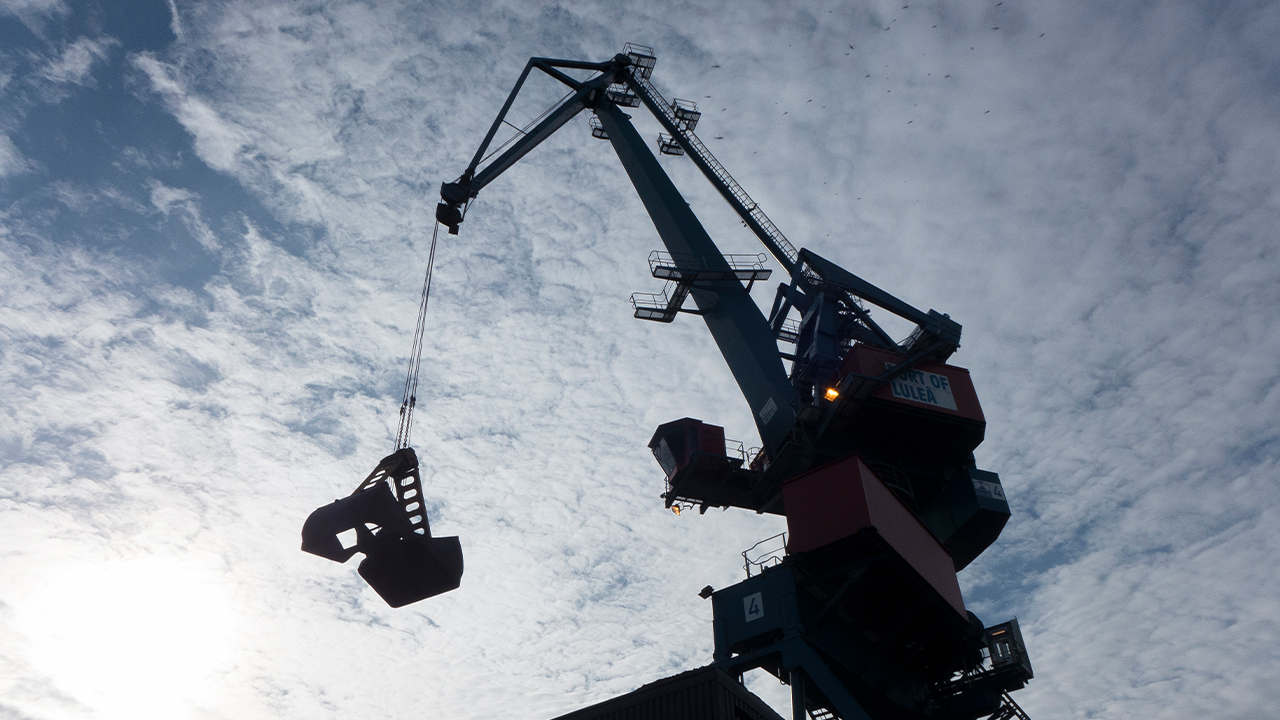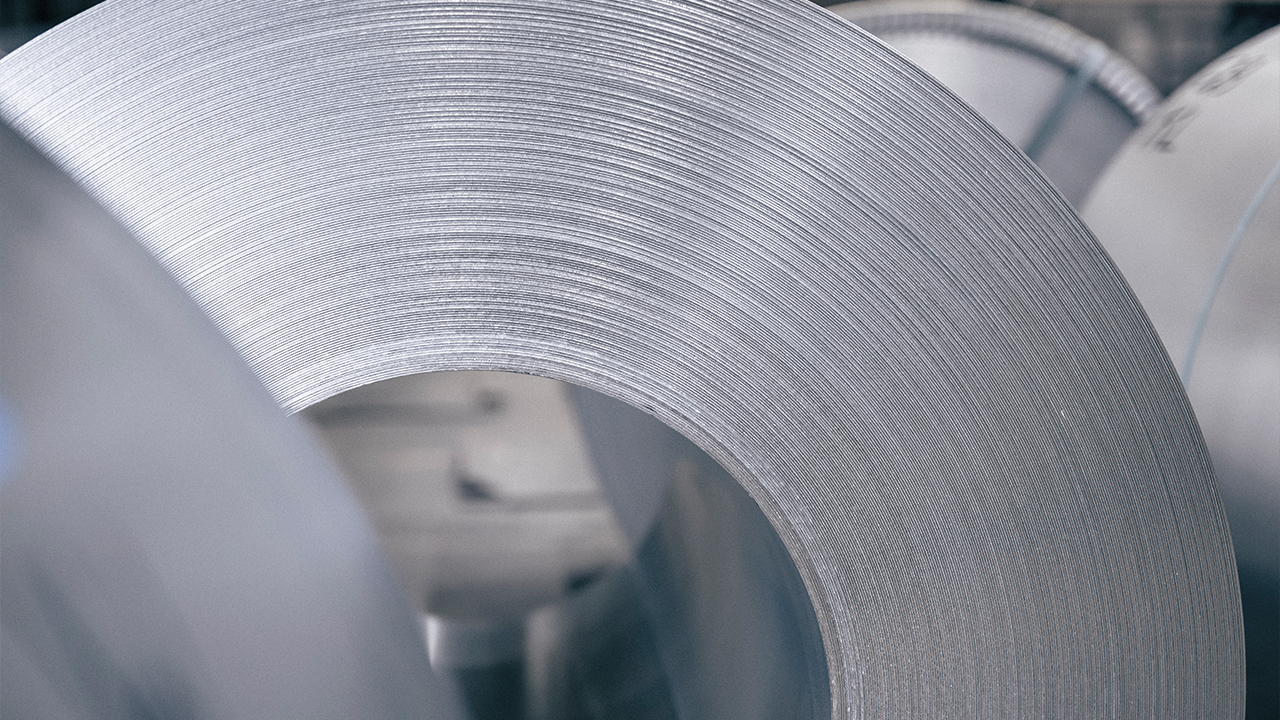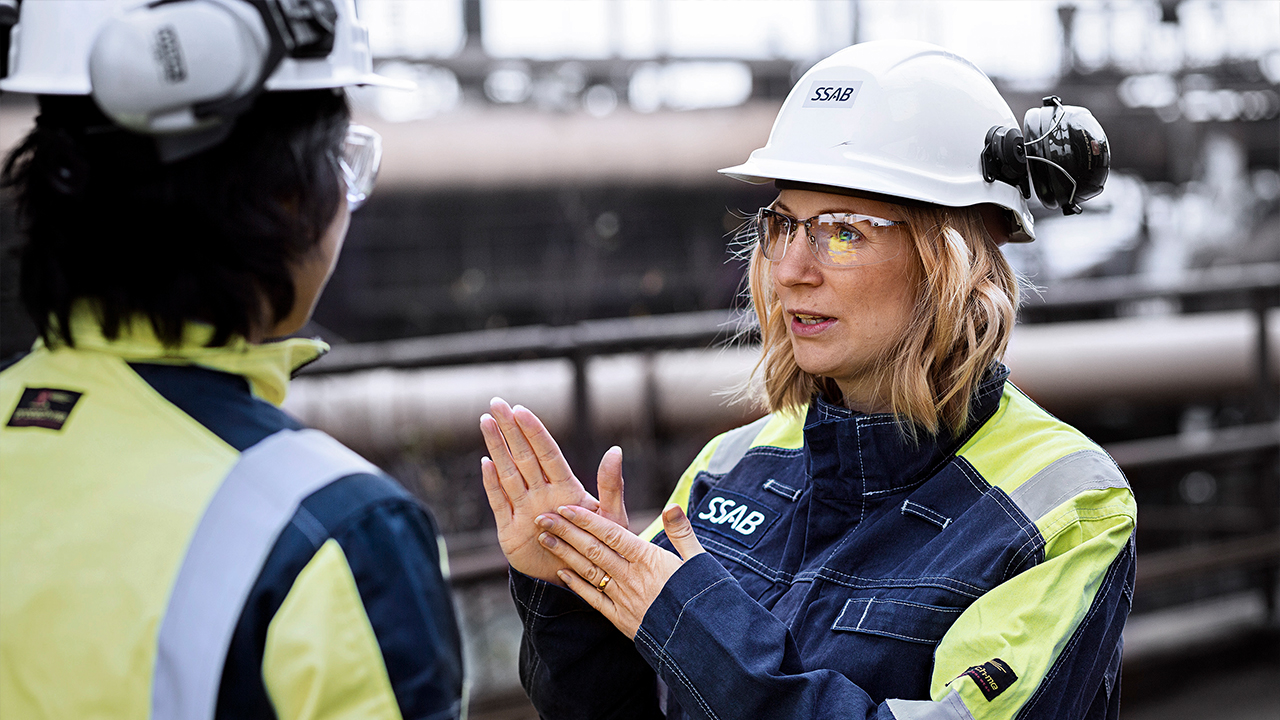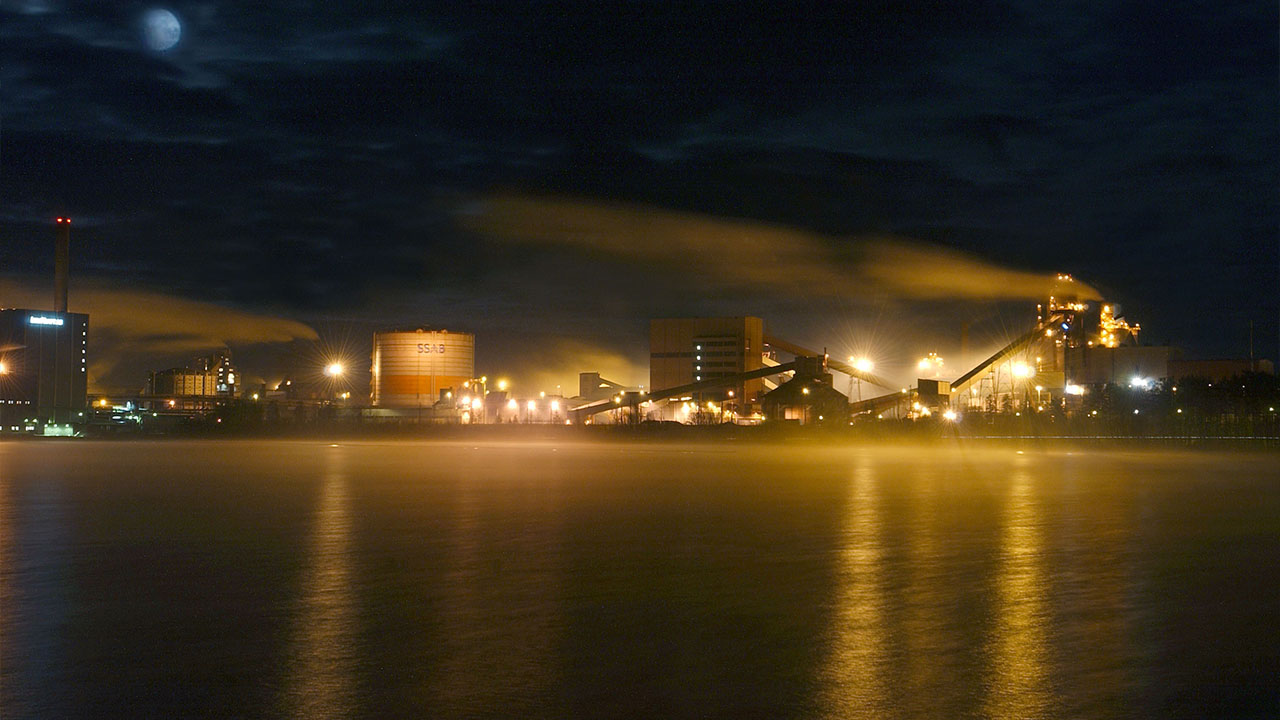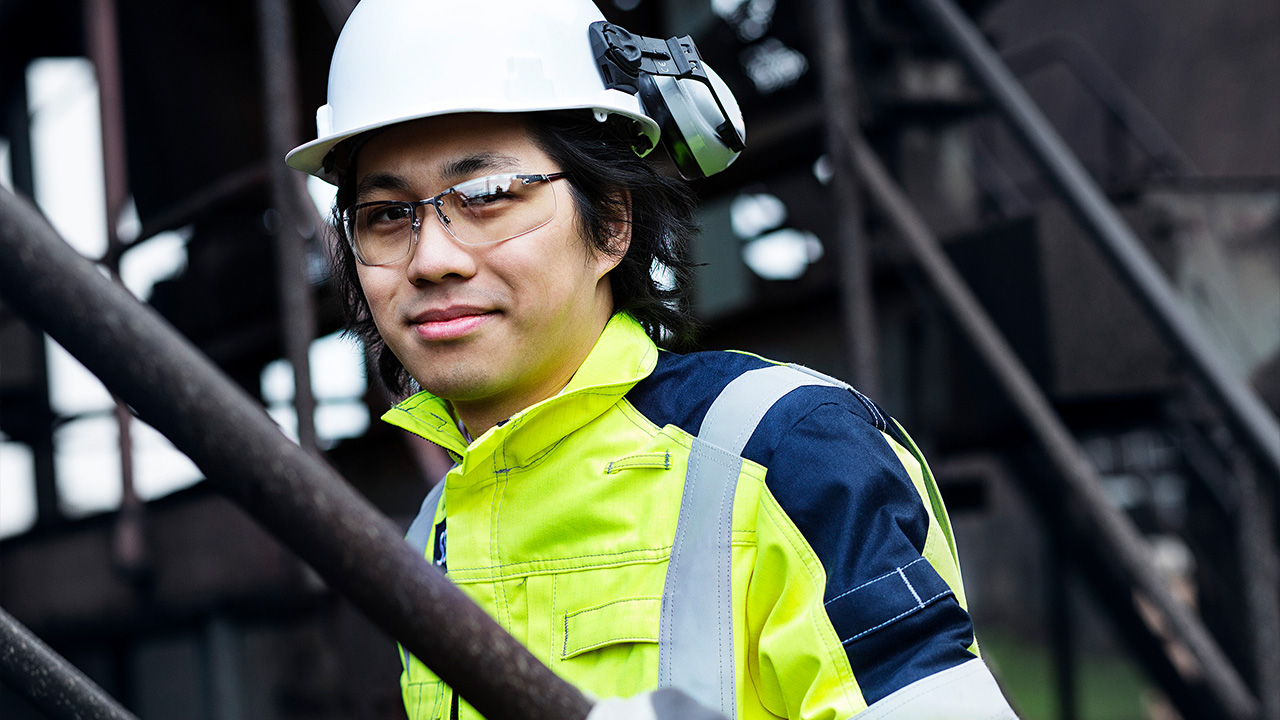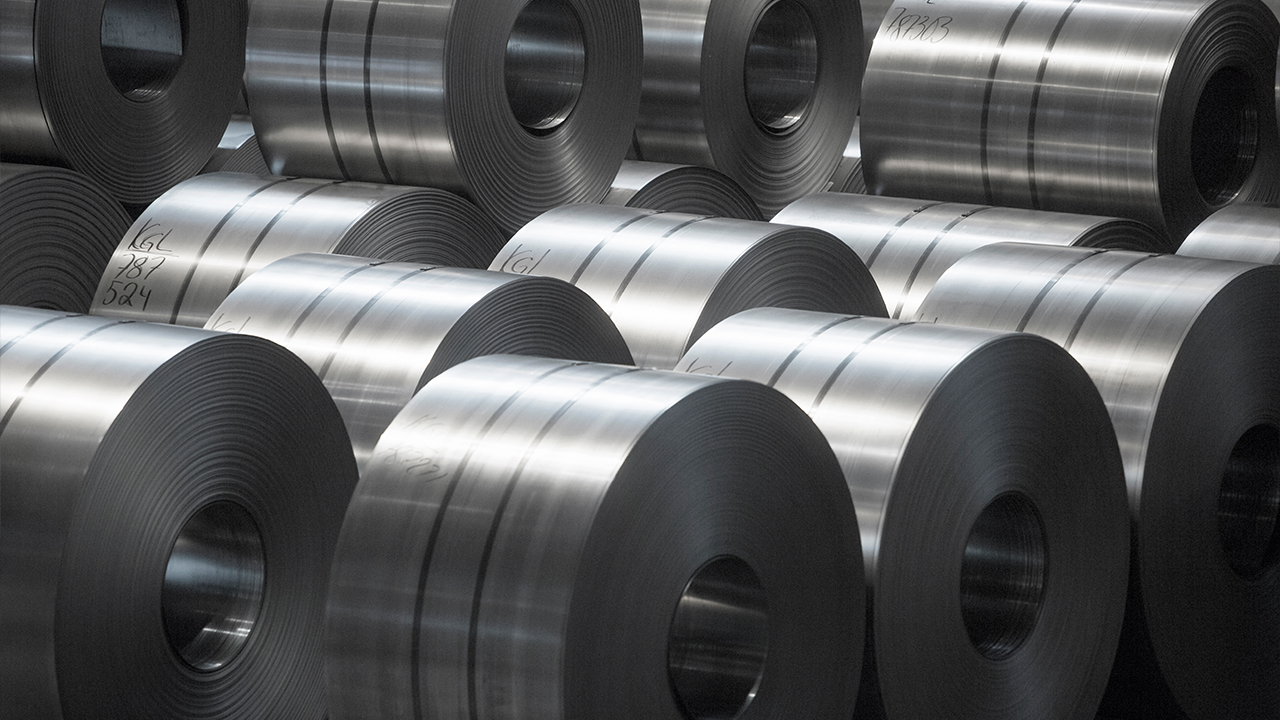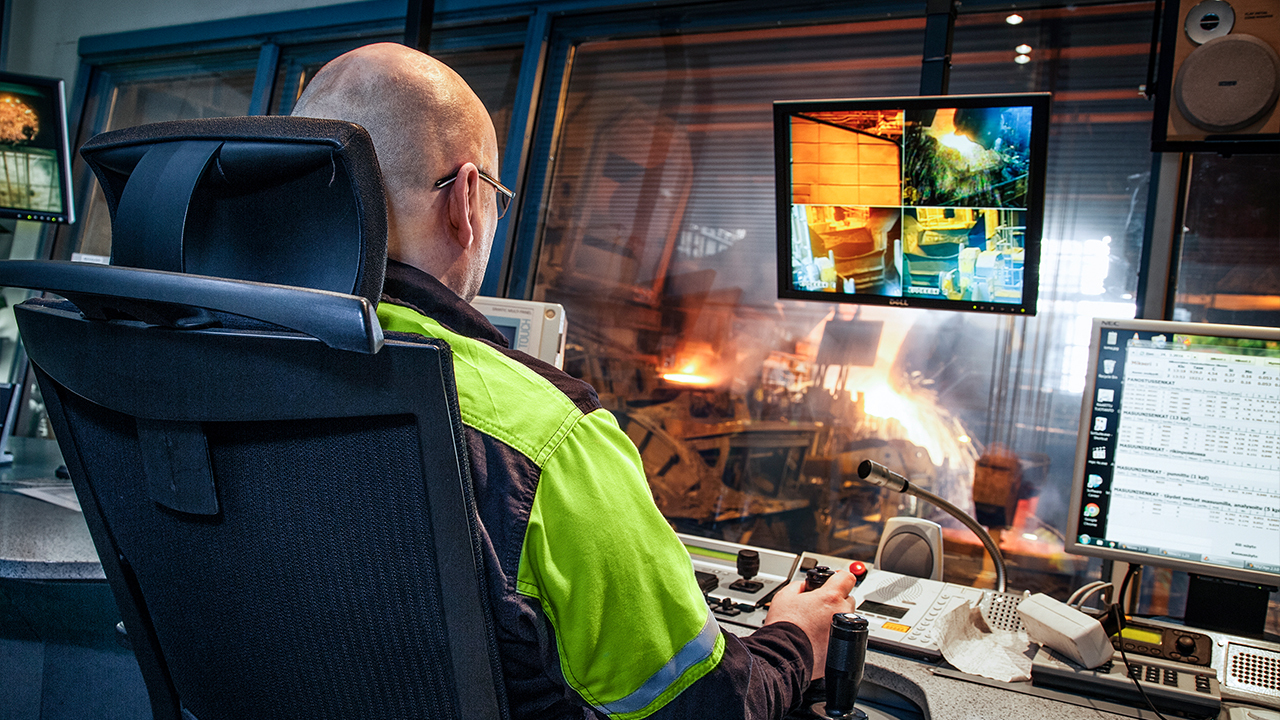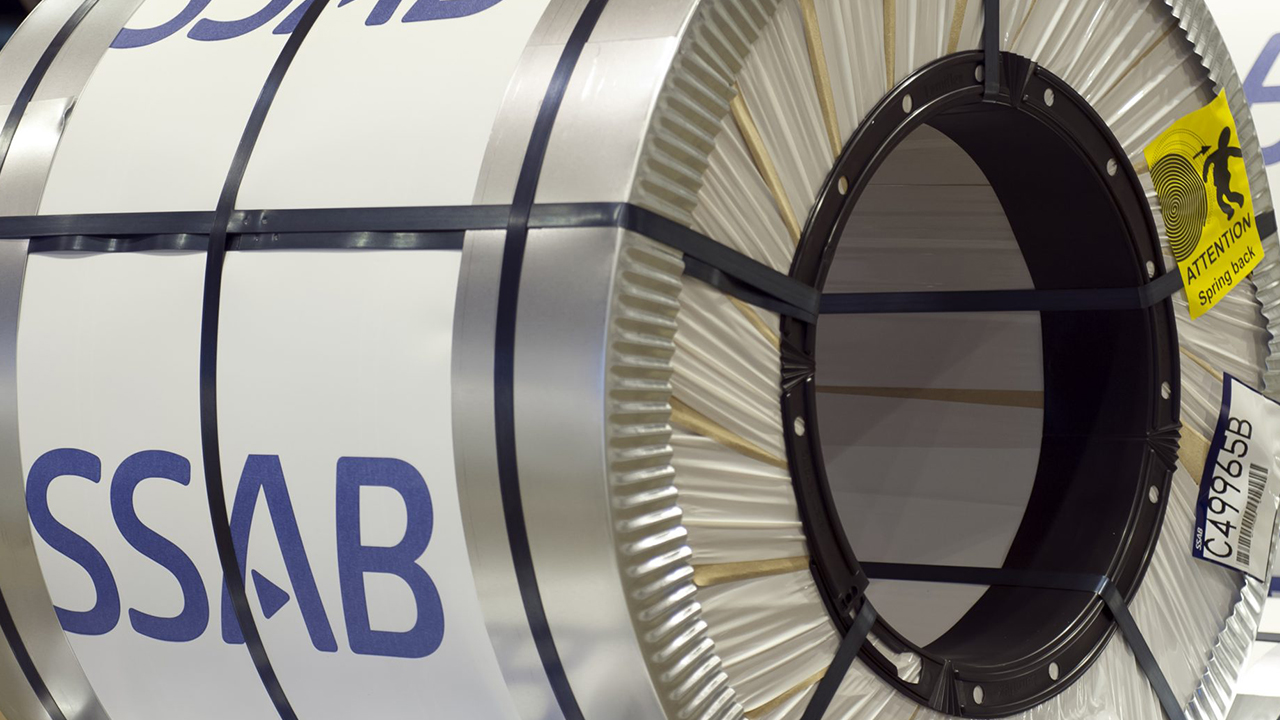
Transforming from a position of strength
SSAB’s Board of Directors took the decision to invest SEK 6.2 billion in an electric arc furnace (EAF) in Oxelösund in June 2023. This was the starting point of the transformation of the Nordic production system. After a policy decision in 2022, two mini-mills are planned in the Nordics, one in Luleå in Sweden and one in Raahe in Finland. With regard to Luleå, the decision to invest was taken in April 2024. The third step in the transformation is the planned transformation of Raahe. The timing of the Raahe project will depend on SSAB’s financing and implementation capacity and the lessons learned from the Luleå project. SSAB Americas plays an important role in the transformation, providing unique knowledge and experience from EAF steelmaking. SSAB Americas has been spearheading SSAB Zero®, introduced in the market in 2023.
